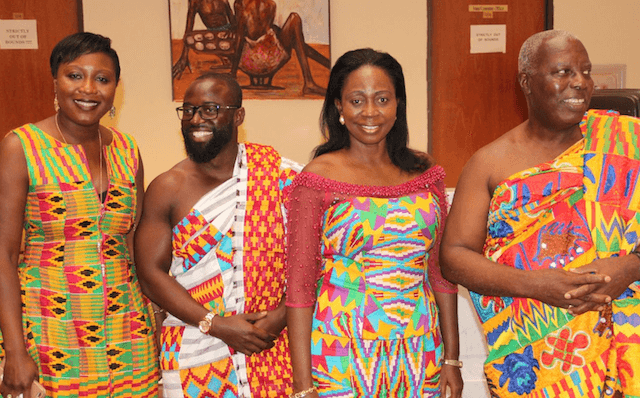Historic trees, graves secure land for Kenya’s Mombasa residents

Centuries-old coconut and mango trees in Bamburi, Mombasa, Kenya have become crucial evidence in resolving a generations-long land dispute, helping indigenous families secure 300 acres at no cost and protecting them from eviction. Thick with age and history, the trees supported claims that the community’s roots on the land run deep.
The National Land Commission’s Historical Land Injustice Committee found that the natural and cultural features on the property, including graves and a 1920 survey record, demonstrated a longstanding relationship between residents and the land.
The committee noted that families from areas such as Kashani had lived there since the early 1900s, with oral accounts, written documentation and the cultivation of mature trees reinforcing their claims. Commissioners James Tuitoek, Esther Murugi, Hubbie Al-Hajj and Tiya Galgalo led the inquiry.
Although Thathini Development Company Ltd. lawfully bought the 4,252-acre parcel in 1979, the commission said the community’s long-term presence created a social and moral obligation that warranted government intervention.
The panel emphasized that while the occupation did not meet the legal threshold for adverse possession, it deserved priority in regularization. The committee concluded that Thathini should release 300 acres to resettle indigenous residents free of charge.
It also directed that all public institutions on the land, including schools commissioned under former President Uhuru Kenyatta, along with health centres and religious facilities, retain their parcels at no cost. National and county governments are expected to oversee the implementation with the company.
Non-indigenous residents were instructed to enter individual sale agreements with Thathini for plots priced at a minimum of Sh500,000 per 50-by-100 lot, payable within 90 days and extendable to six months.
In October, the Environment and Land Court adopted the commission’s recommendations, bringing closure to a dispute that has persisted for decades. Saheem Ltd. was appointed the sole selling agent for the remaining land. Anthony Murithi, the firm’s projects adviser, said the company would comply fully with the ruling and ensure a smooth allocation process for both indigenous families and prospective buyers.
For indigenous residents, the court’s decision offered more than land security. It represented acknowledgment of a history preserved in oral tradition, family burial sites and the trees that have stood through generations.
The squatters, organized under the GAMAKA Community-Based Organisation representing communities from Gandini, Maunguja and Kashani, along with Ujeri Uhumika and Magwanda Farmers, argued that their forefathers settled on the land around 1901.
They said colonial authorities dispossessed them and later allocated the land to private entities, including Thathini, without community involvement. They maintained that their continuous occupation, graves and cultivated fields affirm ancestral ownership and that the allocation to Thathini perpetuated historical injustices.
Thathini, which represents more than 800 shareholders, countered that it acquired the land legally in 1979. The company accused settlers of unlawful invasion, subdivision, and sale of portions of the land.
It noted that a 2018 proposal urging the Ministry of Lands to purchase the property for squatters did not succeed. It was the history documented in the soil and borne out by trees older than living memory that helped tip the scales toward resolution.
Written by Oral Ofori
Oral Ofori is Founder and Publisher at www.TheAfricanDream.net, a digital storyteller and producer, and also an information and research consultant.




